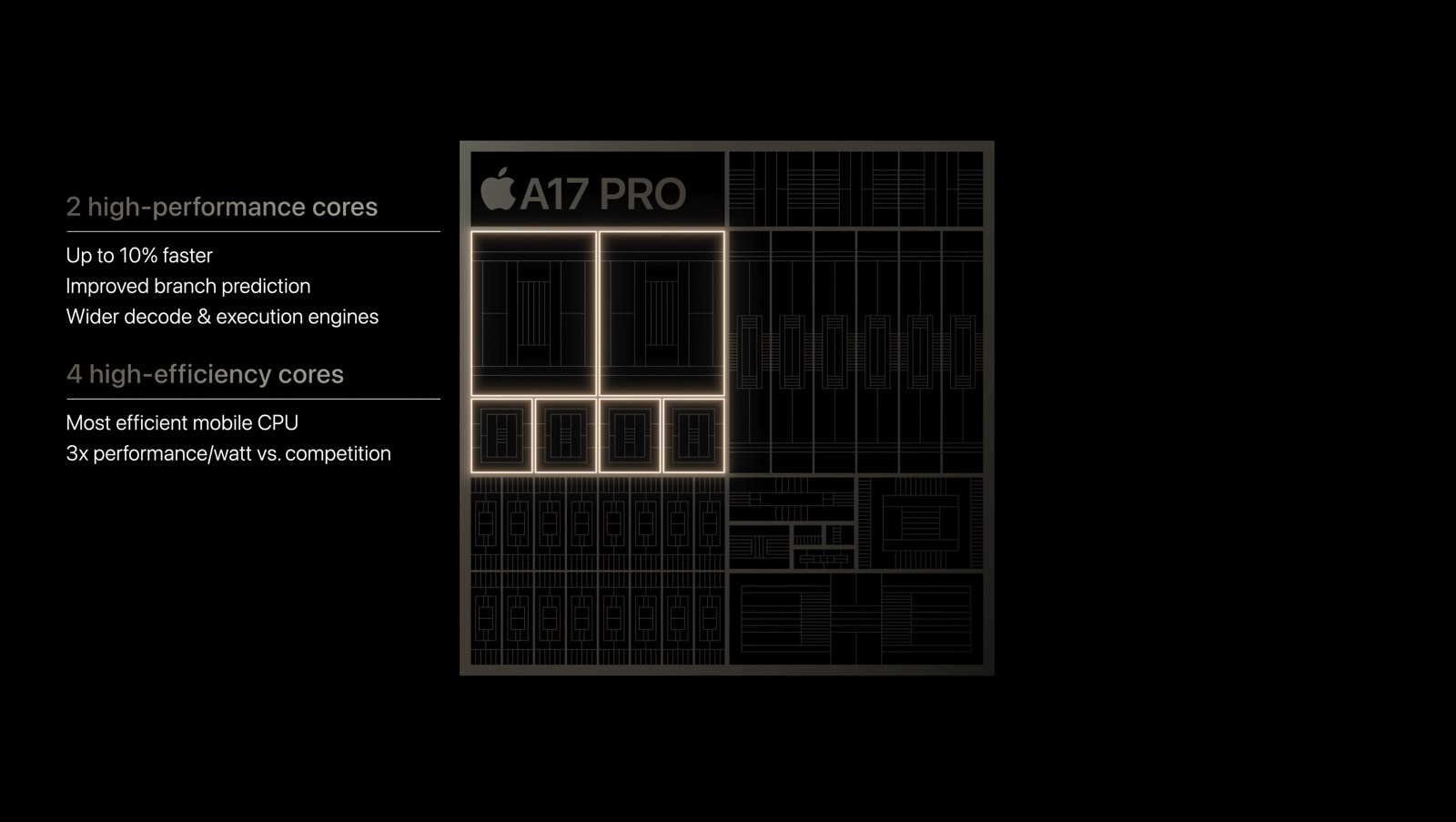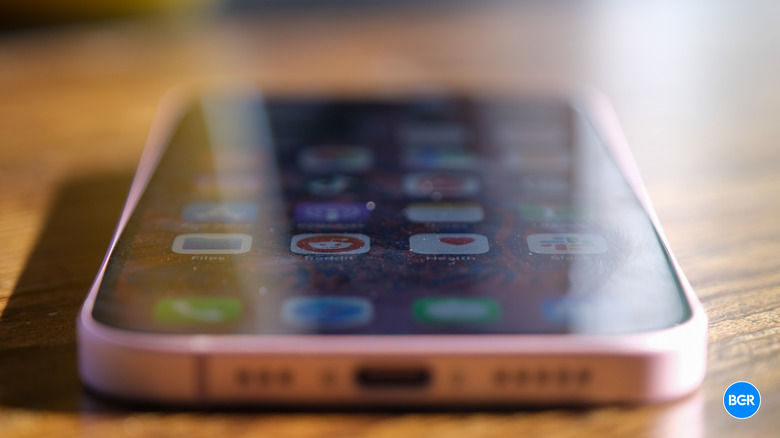iPhone 16 Might Get A 3nm A18 Chip Next Year Instead Of The iPhone 15 Pro's A17 Pro
The iPhone 15 Pro and 15 Pro Max feature the most powerful mobile chip in a phone this year. The A17 Pro is built on TSMC's 3nm process and performs better than the M2 chip powering MacBooks. It also brings console-quality games to iPhone 15 Pros — games that will sell for console prices in the App Store. The iPhone 15 Pro also has an overheating problem, with some users encountering excessive heat while gaming or charging the phone.
I said earlier that I hope the iPhone 16/Plus won't inherit the overheating problem and explained the steps Apple can take to avoid that. It all boils down to better cooling for the handset, something Apple might consider for the 2024 iPhones.
But Apple has no choice but to offer better chips for next year's iPhones, especially the iPhone 16 Pros. It's the way the industry works. We might not be able to tell the iPhone 15 and iPhone 15 Pro apart when it comes to chip speed for most tasks. But that doesn't mean Apple will stop producing even better ones.
Apple is surely working on next year's System-on-Chips (SoC) for the iPhone 16 series. And we have a first report that claims the iPhone 16 and 16 Plus will get a brand new A18 chip instead of the A17 Pro model.
Apple recycled the iPhone 13 Pro/Max and iPhone 14 Pro/Max SoCs. These went to the iPhone 14/Plus and iPhone 15/Plus, respectively. From a marketing point perspective, that's not a great message. The A16 Bionic that powers the iPhone 14 Pro/Max and iPhone 15/Plus has no rival in the industry. But it now feels old.
But that might change next year if Jeff Pu's information (via MacRumors) is accurate. "We view A17 Pro as a transition design and now expect all the iPhone 16 models to feature A18, on TSMC's N3E," Pu said in a research note for Haitong International Securities.
Pu said the iPhone 16 and 16 Plus will feature the A18 chip, built on TSMC's new N3E 3nm process. The iPhone 16 Pro/Max will run on the A18 Pro, also an N3E chip. Interestingly, MacRumors said recently that it has learned from a source that the regular iPhone 16 models will be the first non-Pros to get a distinct chip. And that SoC could be built on the new N3E process.

N3E is TSMC's second-gen 3nm chip manufacturing technology. It should be cheaper and offer better yields than the N3B tech. Apple used the N3B node for the A17 Pro inside the iPhone 15 Pro/Max.
There's no telling whether Pu has accurate information about the chip-naming scheme for the iPhone 16 series. Still, what's important here is the move to N3E for all iPhone 16 SoCs. This would represent an upgrade that Apple would want to highlight during the iPhone 16 launch event next September.
As such, using the A18 name for the iPhone 16/Plus chip would convey that message succinctly. The cheaper iPhone has a brand-new chip rather than a reused A17 Pro. But that A17 Pro won't get any rivals from Android vendors anytime soon. Maybe not even next year, as other vendors do not have access to 3nm manufacturing from TSMC. Apple reportedly bought out the 3nm capacity for a year.
This marketing choice might help Apple sell more iPhone 16/Plus units. And it's similar to the iPhone 15/Plus design trick. The switch to a Dynamic Island display makes the handset look every bit as new as the Pro models.
Pu has been accurate about various iPhone 15 Pro details in previous notes, like when Apple abandoned plans for more solid-state buttons, the increased RAM, and the higher price tag for the iPhone 15 Pro Max. Technically, the iPhone 15 Pro Max starts at 256GB of storage, so the price is on par with its direct predecessor.
